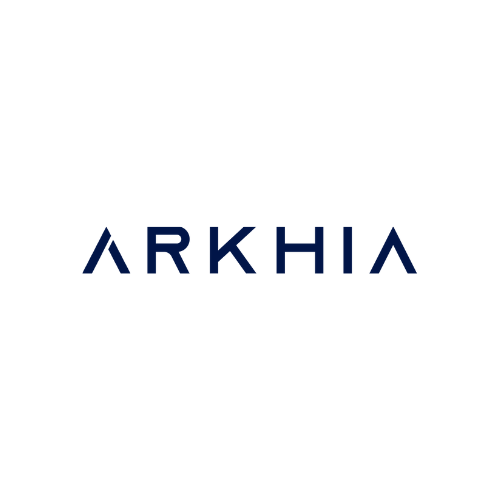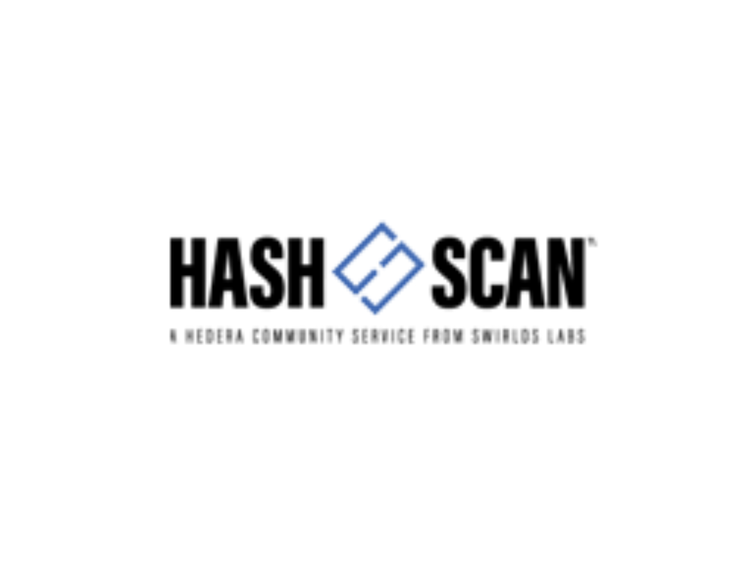FAQ
How do I search for a transaction?
How do I search for a transaction?
To search for a specific transaction, you can use the unique transaction ID.The transaction ID should look something like this:
[email protected]How do I get the transaction ID?
How do I get the transaction ID?
The transaction ID can be automatically generated by the SDK, manually created and associated with a transaction, or obtained from the receipt or record after the transaction has been processed. It serves as a unique identifier for the transaction and can be used to search for and view its details.
How do I search for an entity (account, topic, tokens, smart contracts)?
How do I search for an entity (account, topic, tokens, smart contracts)?
You can search by the unique ID of the entity you are looking for. The entity ID format is
0.0.entityNumber.For example, 0.0.2 is an account ID and you search for that account using that ID.How do I get the entity ID?
How do I get the entity ID?
Entity IDs are returned in the receipt of the transaction that created them. Entities include accounts, topics, smart contracts, schedules, and tokens.For example, if you create a new account using the
AccountCreateTransaction in the SDK, you can get the new account ID from the transaction receipt.Can I host my own Hedera network explorer?
Can I host my own Hedera network explorer?
Yes, you can! You can create your own custom Hedera network explorer using the Mirror Node REST APIs or take a look at the Hedera Mirror Node Explorer open-source project.
How can I add a network explorer to this page?
How can I add a network explorer to this page?
To add a network explorer to this page, refer to the contributing guide and open an issue in the
hedera-docs repository. Please include the following information within the issue:- Network explorer name
- Link to network explorer
- High-resolution logo



